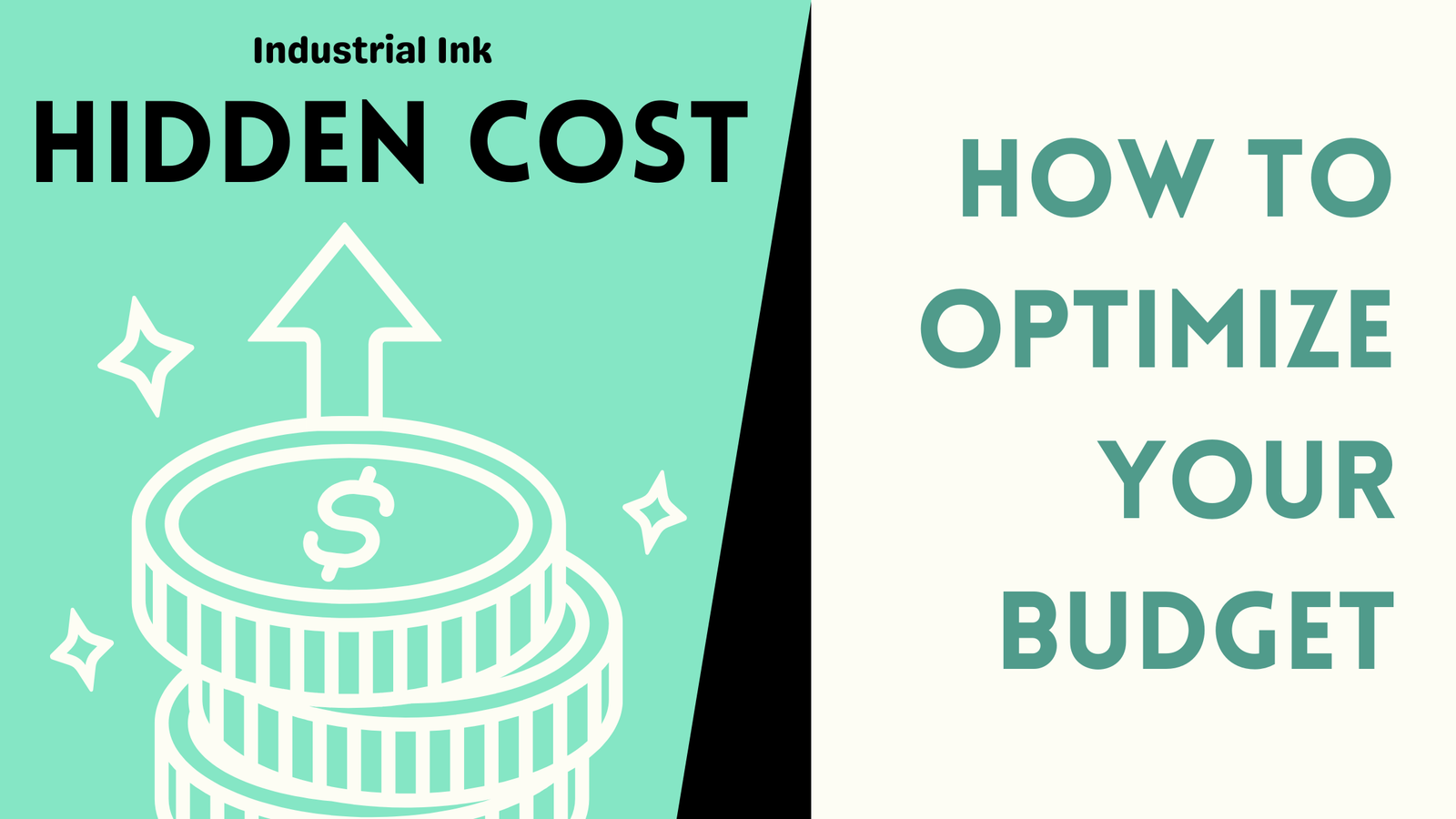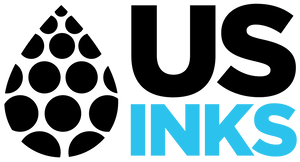The Hidden Costs of Industrial Ink and How to Optimize Your Budget

Industrial ink, the lifeblood of countless manufacturing processes, can often be seen as a straightforward expense. You buy a cartridge, refill a tank, and keep the printing presses rolling. However, the true cost of industrial ink goes far beyond the initial price tag. Hidden expenses can significantly impact your bottom line. This article will delve into these hidden costs and explore strategies to optimize your industrial ink budget.
Unveiling the Hidden Costs
1. Waste and Inefficiency: Industrial printing processes, while sophisticated, are not perfect. Inkjet misfires, overspray, and cleaning procedures can lead to significant ink waste. Additionally, choosing the wrong ink type or using inefficient printing settings can further exacerbate the issue. These factors contribute to a higher overall ink consumption, impacting your budget.
2. Maintenance and Downtime: Industrial printers require regular maintenance, including cleaning printheads and replacing worn-out components. These maintenance procedures often involve using specialized cleaning solutions and replacement parts, adding to the overall cost. Furthermore, unplanned downtime due to clogged printheads or ink-related issues can lead to production delays and lost revenue.
3. Disposal and Environmental Considerations: Industrial inks, depending on their composition, can be hazardous materials. Disposing of them improperly can lead to environmental fines and damage. Additionally, some inks require specialized handling and treatment facilities, further adding to the costs.
4. Compatibility and Vendor Lock-in: Industrial printers often require specific ink formulations for optimal performance. This can lead to vendor lock-in, where you're limited to purchasing ink from the printer manufacturer, often at a premium price.
Sometimes alternative ink suppliers can be challenging due to compatibility concerns, potentially hindering your ability to negotiate better pricing.
However US Inks Guarantees it's Inks and offers excellent customer service.
Our OEM-exceeding formulations boast the finest resins and dyes, delivering flawless, vibrant prints on every run. Experience the benefits of:
- Reduced maintenance: Self-cleaning inks minimize printhead clogs and extend valve life.
- Precise printing: DOD inks ensure consistent dot patterns and minimal bleed-through.
- Unsurpassed purity: 9-stage filtration to 3 microns (vs. industry average of 10!) eliminates clogs.
- 100% usable ink: No sediment, residue, or sludge to waste – every drop performs.
- Effortless switching: No flushing required, simply replace and keep printing.
- Fast fulfillment: Orders shipped within 48 hours.
At US Inks we guarantee our ink replacement with a 100% Satisfaction Guarantee.
Furthermore, contact our ink specialist via email info@usinks.com, or 833-424-9227 to help you with printer compatibility, price and more.
5. Inventory Management: Managing a large inventory of different ink cartridges or bulk ink supplies can tie up valuable working capital. Additionally, improper storage can lead to ink degradation or expiration, resulting in wasted resources.
Strategies for Budget Optimization
Now that we've unveiled the hidden costs, let's explore strategies to optimize your industrial ink budget:
1. Invest in Efficiency: Analyze your printing processes to identify areas for improvement. Consider implementing ink-saving features like print-head optimization, duplex printing (printing on both sides of the paper), and variable print density based on content. Evaluate the use of bulk ink systems that can minimize cartridge waste and offer cost savings over individual cartridges.
2. Preventive Maintenance: Implement a regular preventative maintenance program for your printers. This includes cleaning printheads regularly, using high-quality cleaning solutions, and replacing worn-out parts promptly. By keeping your printers running smoothly, you can minimize ink waste, reduce downtime, and extend the lifespan of your equipment.
3. Explore Environmentally Friendly Options: As environmental regulations become stricter, explore using inks with lower hazardous material content. While these inks may have a slightly higher upfront cost, they can save you money in the long run by eliminating the need for specialized disposal procedures and potential environmental fines.
4. Break Free from Vendor Lock-in: Research compatible ink alternatives from reputable third-party suppliers. Conduct thorough compatibility testing to ensure the quality and performance of the alternative inks meet your needs. By breaking free from vendor lock-in, you can leverage competition to negotiate better pricing and potentially save a significant amount on ink costs.
5. Optimize Inventory Management: Develop a data-driven approach to inventory management. Analyze past ink usage data to forecast future needs and maintain optimal stock levels. Consider implementing inventory management software to track ink usage and automate reordering when supplies run low.
6. Partner with a Reputable Ink Supplier: Develop a strong relationship with a reliable ink supplier who can offer competitive pricing, expert advice, and readily available support. Look for a supplier who can provide bulk ink options, compatible alternatives, and efficient delivery systems to streamline your operations.
7. Invest in Employee Training: Educate your staff on ink-efficient printing practices. Train them on proper printer operation, ink cartridge replacement procedures, and how to identify potential issues that could lead to ink waste. This can help foster a culture of sustainability and cost-consciousness within your organization.
8. Embrace New Technologies: Stay informed about advancements in industrial printing technologies. Evaluate the potential benefits of adopting new printing methods or inks that offer superior efficiency and lower overall costs. While initial investments might be involved, they could lead to significant cost savings in the long run.
Conclusion:
By acknowledging the hidden costs of industrial ink and implementing these strategies, you can significantly optimize your budget. Take an analytical approach, identify your specific pain points, and implement a combination of these tactics to streamline your industrial printing processes. Remember, a proactive approach towards ink usage and management can free up valuable resources and contribute to the overall financial health of your organization.

